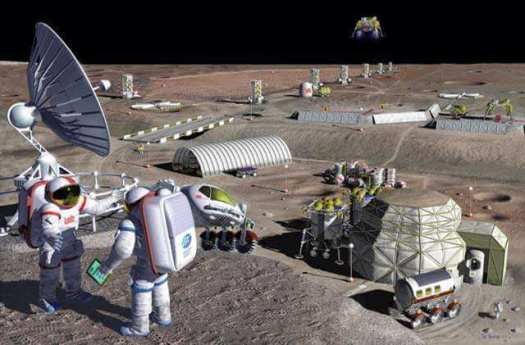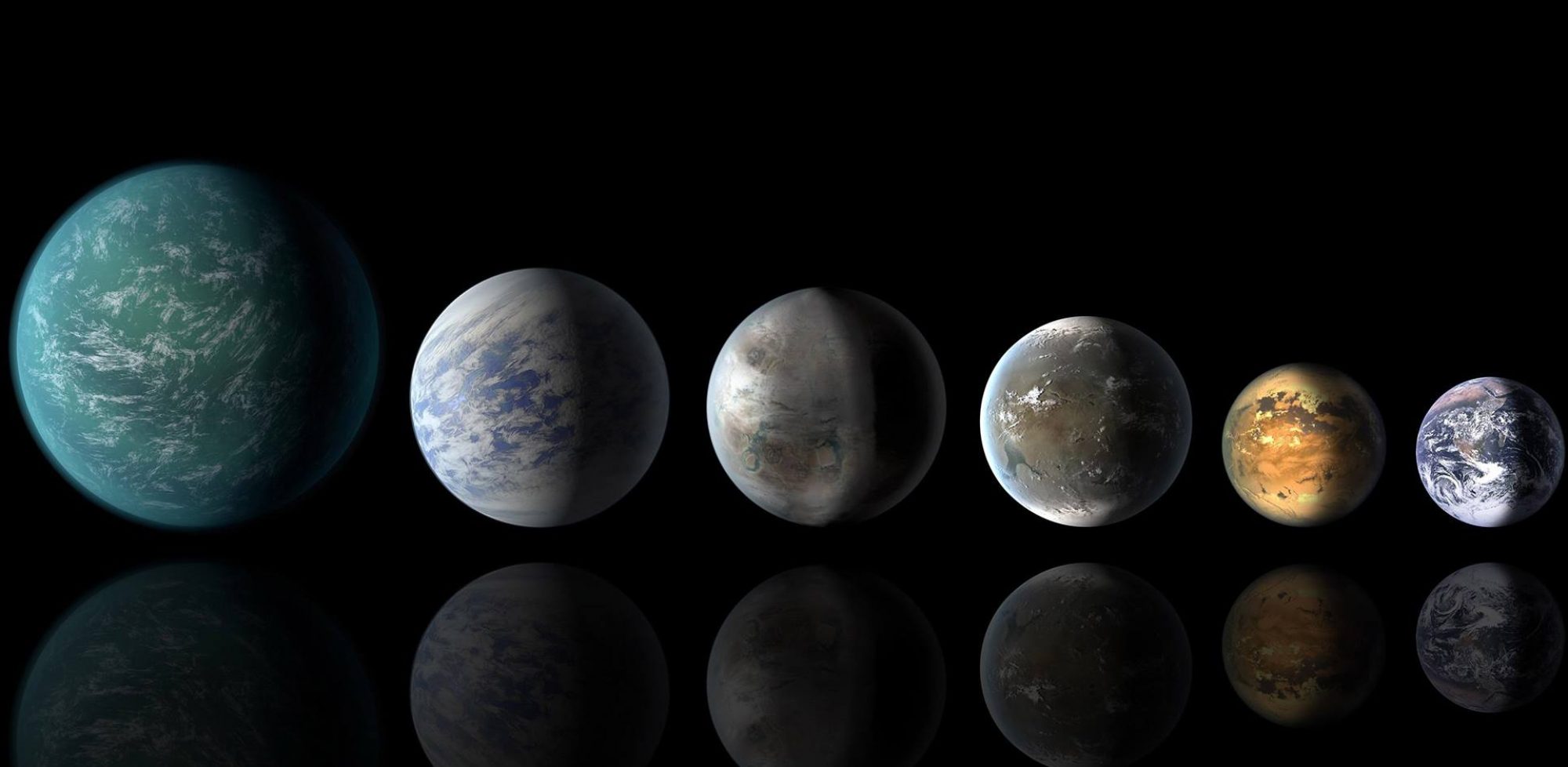
We all know that human space travel is risky. Always has been and always will be.
Imagine, for a second, that you’re an astronaut about to be sent on a journey to Mars and back, and you’re in a capsule on top of NASA’s second-generation Space Launch System designed for that task.
You will be 384 feet in the air waiting to launch (as tall as a 38-floor building,) the rocket system will weigh 6.5 million pounds (equivalent to almost nine fully-loaded 747 jets) and you will take off with 9.2 million pounds of thrust (34 times the total thrust of one of those 747s.)
Given the thrill and power of such a launch and later descent, everything else seemed to pale in terms of both drama and riskiness. But as NASA has been learning more and more, the risks continue in space and perhaps even increase.
We’re not talking here about a leak or a malfunction computer system; we’re talking about absolutely inevitable risks from cosmic rays and radiation generally — as well as from micro-gravity — during a long journey in space.
Since no human has been in deep space for more than a short time, the task of understanding those health risks is very tricky and utterly dependent on testing creatures other than humans.
The most recent results are sobering. A NASA-sponsored team at Georgetown University Medical Center in Washington looked specifically at what could happen to a human digestive system on a long Martian venture, and the results were not reassuring.
Their results, published in the Proceedings of the National Academy of Sciences (PNAS), suggests that deep space bombardment by galactic cosmic radiation and solar particles could significantly damage gastrointestinal tissue leading to long-term functional changes and problems. The study also raises concern about high risk of tumor development in the stomach and colon.

Kamal Datta, an associate professor in the Department of Biochemistry is project leader of the NASA Specialized Center of Research (NSCOR) at Georgetown and has been studying the effects of space radiation on humans for more than a decade.
He said that heavy ions (electrically charged atoms and molecules) of elements such as iron and silicon are damaging to humans because of their greater mass compared to mass-less photons such as x-rays and gamma rays prevalent on Earth. These heavy ions, as well as low mass protons, are ubiquitous in deep space.

“With the current shielding technology, it is difficult to protect astronauts from the adverse effects of heavy ion radiation. Although there may be a way to use medicines to counter these effects, no such agent has been developed yet,” says Datta, also a member of Georgetown Lombardi Comprehensive Cancer Center.
“While short trips, like the times astronauts traveled to the moon, may not expose them to this level of damage, the real concern is lasting injury from a long trip, such as a Mars or other deep space missions which would be much longer” he said in a release.
Datta’s team has also published on the potentially harmful effects of galactic cosmic radiation on the brain and other teams are looking at potential deep-space travel dangers the human cardio-vascular system. Researchers are also concerned about known weakening of bone and muscle tissue, harming vision, as well as speeded-up aging during long stays in space.
With current technology, it would take about three years to travel from Earth to Mars, orbit the planet until it is in the right place for a sling-shot boost home, and then to travel back.
A radiation detection instrument on the Mars Science Laboratory (MSL), which carried the rover Curiosity to Mars in 2011-2012, measured an estimated overall human radiation exposure for a Mars trip that would would be two-thirds of the agency’s allowed lifetime limits. That was based on the high-energy radiation hitting the capsule, but NASA later detected radiation bursts from solar flares on Mars far higher than anything detected during the MSL transit.
All of this seems, and is, quite daunting when thinking about human travel to Mars and other deep space destinations. And Datta is clearly sensitive about how the new results are conveyed to the public.
“I am in no way saying that people cannot travel to Mars,” he told me. “What we are doing is trying to understand the health risks so proper mitigation can be devised, not to say this kind of travel is impossible.”
“We don’t have medicines now to protect astronauts from heavy particle radiation, and we don’t have the technology now to shield them while they’re in space. But many people are working on these problems.”

On the medical research side, scientists have to rely on data gained from exposing mice to radiation and extrapolating those results to humans. It would, of course, be unethical to do the testing on people.
While this kind of animal testing is accepted as generally accurate, it certainly could hide either increased protections or increased risks in humans.
Datta said that another testing issue that has been present so far is that the mice have had to be irradiated in one large dose rather than in much smaller doses over time. It is unclear how that effects the potential damage to human organs and the breaking of DNA bonds (which can result in the growth of cancers.) But Datta said that new instruments at NASA’s Space Radiation Laboratory (NSRL) at the Brookhaven National Laboratory on Long Island, New York, will allow for a more gradual, lower-dose experiment.
While Datta’s work has been focused on the health risks of deep space travel, galactic cosmic radiation and solar heavy particles also bombard the moon — which has no magnetic field and only a very thin atmosphere to protect it. Apollo astronauts could safely stay on the moon for several days in their suits and their lander, but months or years of living in a colony there would pose far greater risks.
NASA has actually funded projects to shield small areas on the moon from radiation, but the issue remains very much unresolved.
Shielding also plays a major role in thinking about how to protect astronauts traveling into deep space. The current aluminum skin of space capsules allows much of the harmful radiation to pass through, and so something is needed to block it.

Experts have concluded that perhaps the best barrier to radiation would be a layer of water, but it is too heavy to carry in the needed amounts. Other possibilities include organic polymers (large macromolecules with repeating subunits) such as polyethelyne.
It seems clear that issues such as these — the effects of more hazardous space radiation on astronauts in deep space and on the moon, and how to minimize those dangers — will be coming to the front burner in the years ahead. And assuming that progress can be made, it’s a thrilling time.
What this means for space science, however, is less clear.
On one hand I recall hearing former astronaut extraordinaire and then head of the NASA Science Mission Directorate John Grunsfeld talk about how an astronaut on Mars could gather data and understandings in one week that the Curiosity rover would need a full year to match.
On the other, human space exploration is much more expensive than anything without people — yes, even including the long-delayed and ever-more-costly James Webb Space Telescope — and NASA budgets are limited.
So the question arises whether human exploration will, when it gets into high gear, swallow up the resources needed for the successors to the Hubble, Curiosity, Cassini and the other missions that have helped create what I consider to be a golden age of space science. Risks come in many forms.
